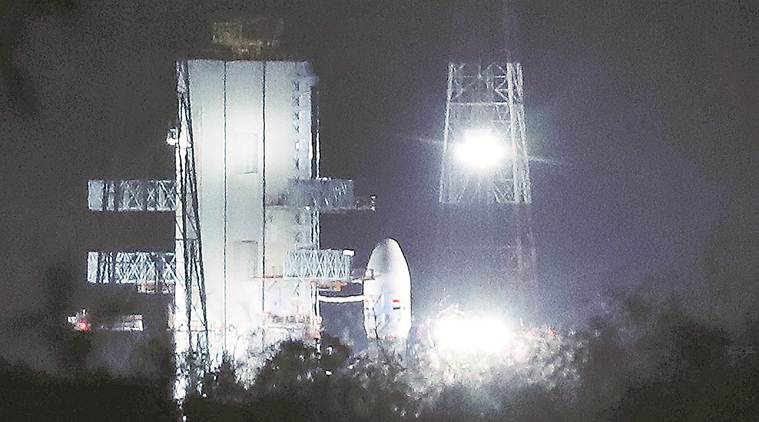
Days after ISRO’s moon mission was called off due to a technical snag, the space agency Thursday announced that they will proceed with the Chandrayaan-2 launch on July 22 at 2.43 pm.
“Chandrayaan-2 launch, which was called off due to a technical snag on July 15, 2019, is now rescheduled at 2:43 pm IST on Monday, July 22, 2019,” ISRO tweeted.
On July 15, ISRO’s ambitious mission to land a spacecraft on the moon was called off less than an hour before the launch. A technical snag was detected in the GSLV-MkIII rocket, ISRO’s most powerful rocket built to carry heavier payloads.
While ISRO did not specify it, there were indications that the problem was detected in the upper stage of the rocket carrying the cryogenic engine where liquid hydrogen fuel had been filled less than half an hour earlier.
Explained: Behind Chandrayaan-2’s GSLV Mk-III rocket that developed a glitch today
Chandrayaan-2, which has an orbiter, lander and rover component, was originally scheduled to be launched as early as in 2010 or 2011, immediately after the 2008 Chandrayaan-1 mission. But at that time, it was supposed to be a joint India-Russia mission, with Russia contributing the lander and rover, while ISRO was to provide the launcher and the Orbiter.
The planned mission could not take off because of design flaws detected in the Russian lander and rover. The Russians eventually pulled out of the collaboration, leaving ISRO to build its own lander and rover. That took time, and the mission was finally ready by 2017.
The mission was initially slated to be launched last year, but was postponed at least twice due to unavailability of a suitable window of opportunity to land on the moon.